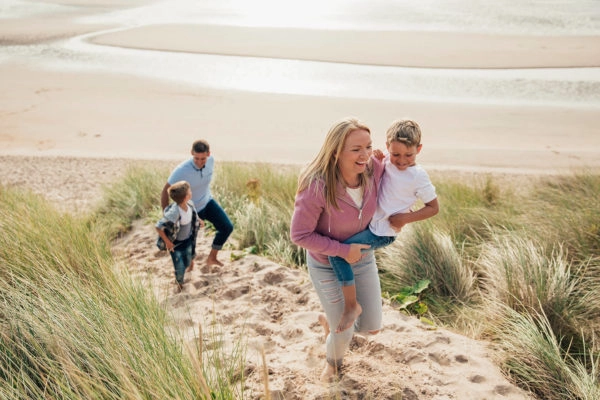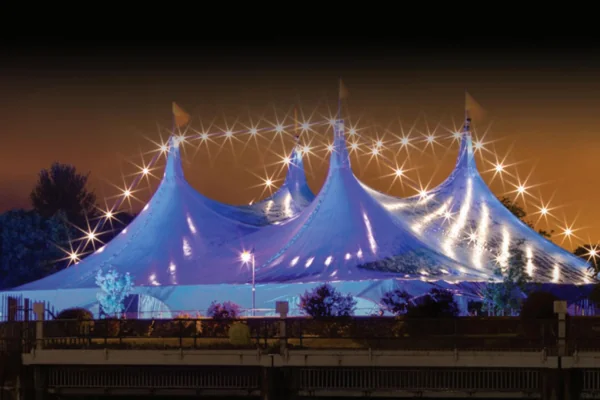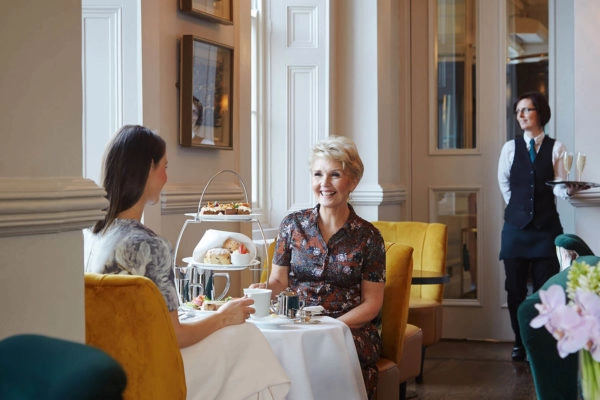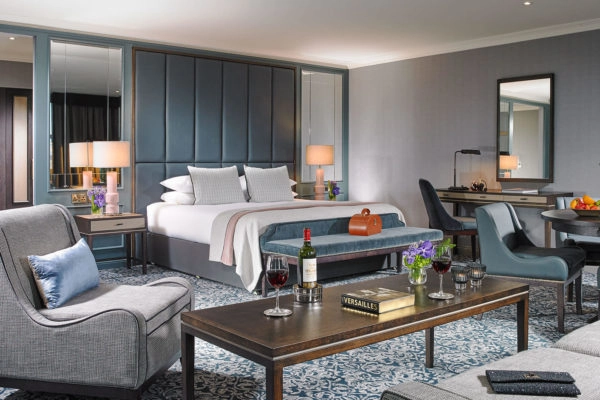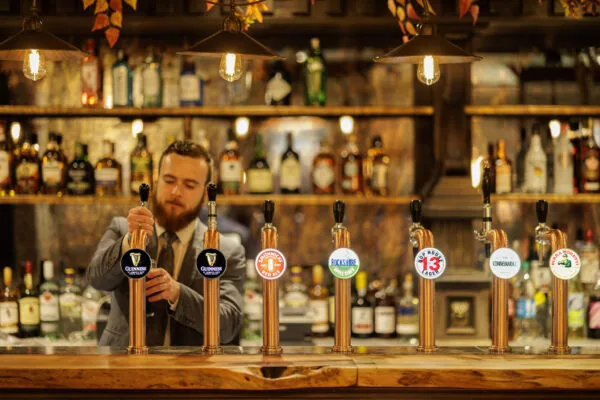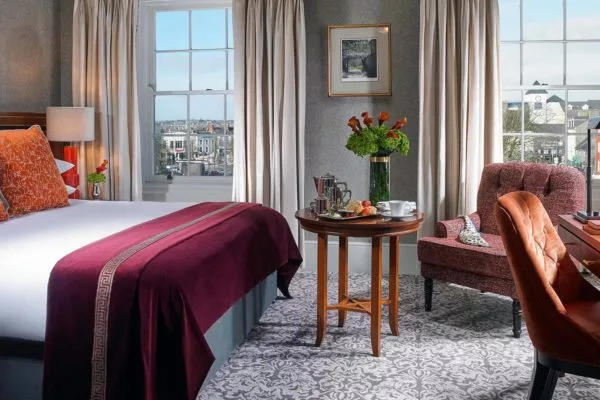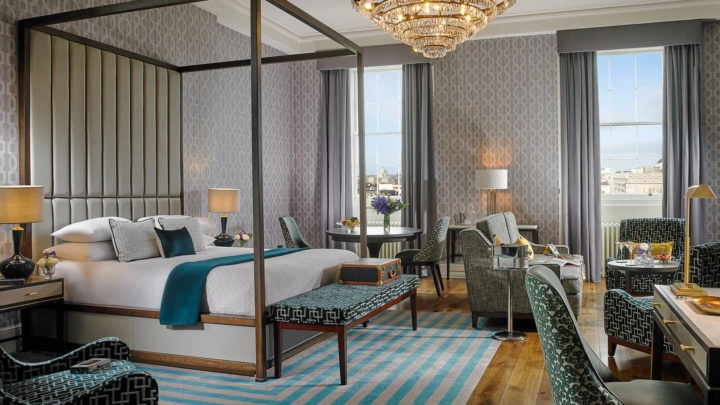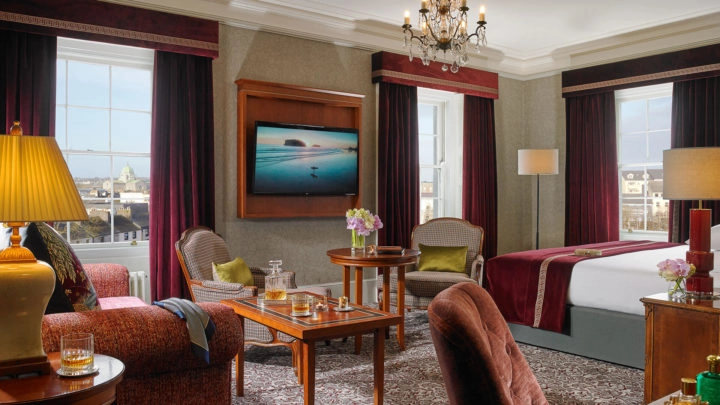Galway Heritage Sites
Galway Medieval City
Galway City is Ireland’s third largest city but it has a lovely small town feel to it. Originally a walled medieval city, Galway is steeped in history and very easy to navigate. It’s the perfect destination for a weekend break or a base from which to explore the West of Ireland. In addition to the history of the Claddagh, there are many snippets and remains of what was once a busy trading port at the mouth of the River Corrib.
Much of Galway’s history is tied into the 14 Tribes of Galway who were Norman and Irish merchant families that settled in the area and ran all of the main industries and offices from the 12th century to when Galway surrendered to Cromwell on 12th May 1652. Many of the ‘tribes’ had to flee the city and some went to France to become involved in the wine industry. You might recognise some of the 14 names; Athy, Blake, Bodkin, Browne, D’Arcy, Deane, Font, French, Joyce, Kirwan, Lynch, Martin, Morris and Skerrett.
Lynch’s Castle on Shop Street, which now houses AIB bank, is considered one of the finest town castles in Ireland. The stone town-house was built in the 14th century, though much of what you see today dates from around 1600. The Lynch family was the most powerful of the 14 Tribes of Galway.
St. Nicholas’ Collegiate Church is close to Lynch’s Castle and just a short stroll from The Hardiman. It is Ireland’s largest medieval parish church still in use and dates from the 14th century. Christopher Columbus is said to have taken mass here in 1477. It was originally a Templar Church, then Catholic and converted to Church of Ireland (Protestant) after the fall of Galway to Oliver Cromwell. It is said he used the church as a stable for his horses to show his contempt.
Before the Tribes, the famous de Burgo family ruled Galway. They are attributed with building many sites of heritage including the original Ashford Castle in Cong, Co. Mayo. Richard de Burgo, known as ‘the Red Earl’ also built a large hall in Galway City as a seat of power. Here, locals would come looking for favours or to present gifts to their chieftain. The hall fell into ruin following the de Burgos’ fall from power and was built over and lost. But in 1997, expansion of the city’s Custom House uncovered its foundations. The Custom House was then built on stilts overhead, leaving the old foundations open. Artefacts and a plethora of fascinating displays give a sense of Galway life some 900 years ago.
It’s also worth visiting Galway Cathedral, although it was built in the 1960s, it looks far older and its location holds much history. It was the site of both the city and county gaols in Galway. There is a monument in the car park marking the spot where the hangman’s scaffold stood and many a prisoner of old was condemned to a mass grave. Galway Cathedral is just a 10 minute stroll from The Hardiman.

